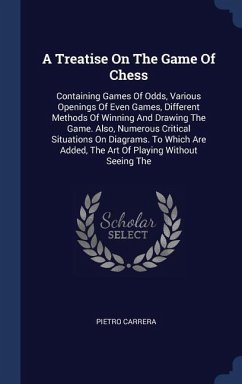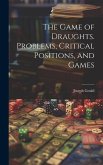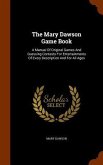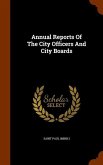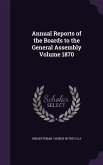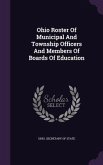The old, world-wide phenomenon of playing board
games has received little attention among scholars
studying the ancient cultures. This thesis collects
and analyses game-related material from Bronze Age
Crete, defines the field of research and examine
gaming as part of social history. The book starts
with a history of research of Eastern Mediterranean
games and game boards and then analyses three types
of archaeological material connected to games.
First, the cup-holes made on pavement slabs at
public, multi-purpose areas, such as street corners
and courtyards, are investigated. Then the elaborate
Knossos game board provides a new understanding for
its details, layout and logic. Finally, all kinds of
small objects are investigated, e.g. markers,
pieces, dice and lots. The game-related finds can
also highlight other aspects of the Minoan society;
the public and private spheres, connections to
ritual and religion, etc. We have a local production
of gaming material, with various dimensions of
foreign influence. These influences often came from
Egypt, but little seems to have continued to the
Greek mainland.
games has received little attention among scholars
studying the ancient cultures. This thesis collects
and analyses game-related material from Bronze Age
Crete, defines the field of research and examine
gaming as part of social history. The book starts
with a history of research of Eastern Mediterranean
games and game boards and then analyses three types
of archaeological material connected to games.
First, the cup-holes made on pavement slabs at
public, multi-purpose areas, such as street corners
and courtyards, are investigated. Then the elaborate
Knossos game board provides a new understanding for
its details, layout and logic. Finally, all kinds of
small objects are investigated, e.g. markers,
pieces, dice and lots. The game-related finds can
also highlight other aspects of the Minoan society;
the public and private spheres, connections to
ritual and religion, etc. We have a local production
of gaming material, with various dimensions of
foreign influence. These influences often came from
Egypt, but little seems to have continued to the
Greek mainland.


